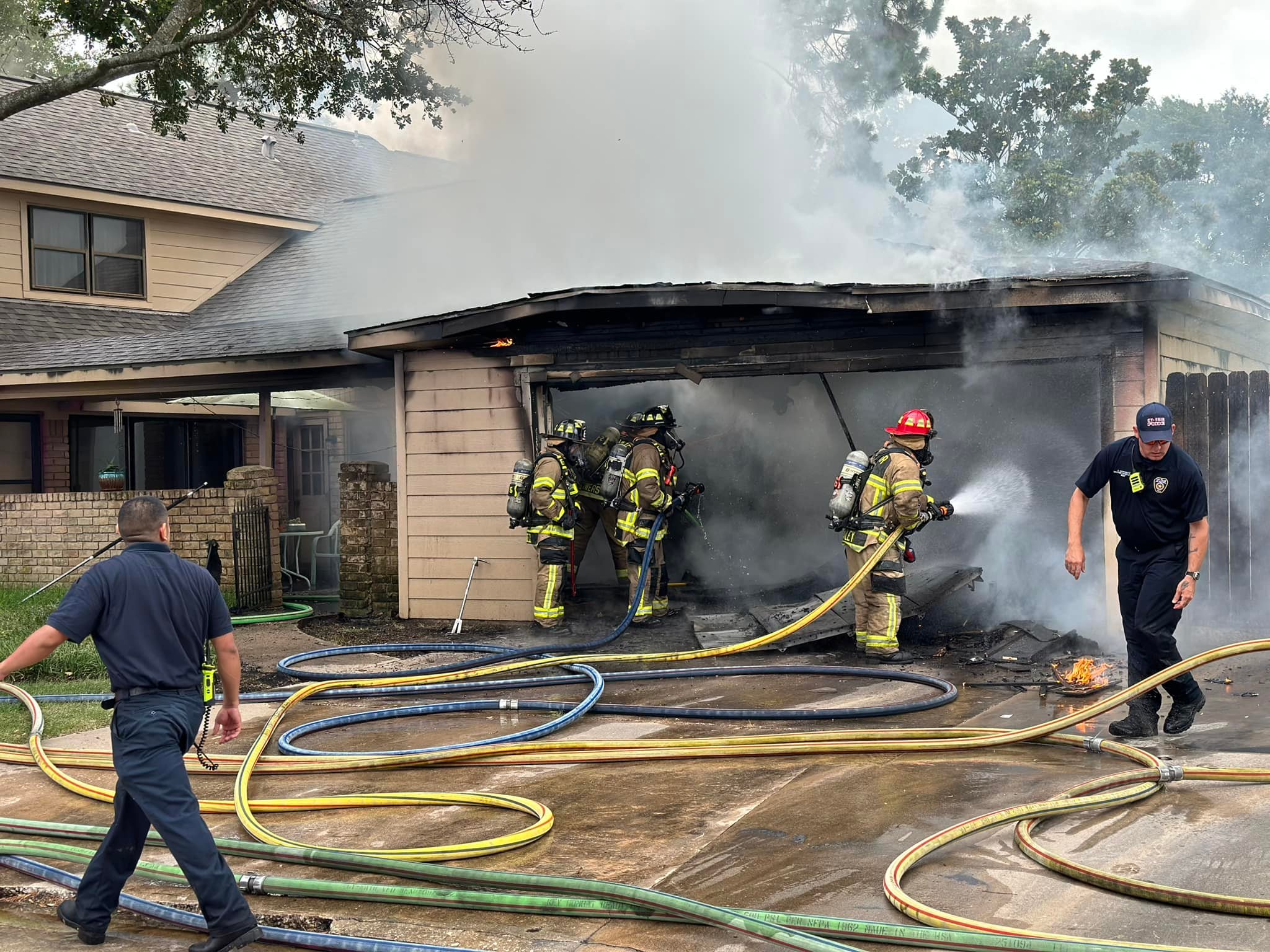
Why Garage Fires Are More Dangerous Than You Think — And How to Prevent Them
When most people think of fire safety, their minds go to kitchens, fireplaces, or faulty wiring. Yet one of the most dangerous and commonly overlooked fire hazards in the home is the garage. According to the National Fire Incident Reporting System (NFIRS) and the U.S. Fire Administration (USFA), garage fires spread faster, cause more injuries, and result in greater financial loss than fires that begin in any other part of the home.
As spring ushers in home improvement projects and backyard grilling season, experts are urging homeowners to pay closer attention to how they use and maintain their garages—especially in deed-restricted neighborhoods where residents often store certain items indoors that should never be kept inside.
Why Are Garage Fires So Dangerous?
Garages are often packed with combustible materials and equipment that can create a perfect storm for fire. These spaces tend to be less frequently visited, poorly ventilated, and sometimes directly attached to the home, allowing fire and smoke to spread quickly into living areas.
According to USFA guidance, the high risk in garages is compounded by:
- Flammable liquids like gasoline, motor oil, lighter fluid, and varnish.
- Improperly stored propane tanks, which can leak or ignite in hot temperatures.
- Battery chargers for power tools or lawn equipment that overheat or malfunction.
- Extension cords used for high-wattage tools or appliances, which can easily overheat.
- Overloaded electrical outlets, especially near workbenches or freezers.
- Greasy rags or used shop towels left in piles, which can spontaneously combust.
- Unattended space heaters or heat lamps used for hobbies or pet enclosures.
But one often-overlooked fire hazard comes from something as routine as disposing of hot charcoal or grill ashes. Many homeowners—particularly those in neighborhoods with deed restrictions that prohibit outdoor trash bins—toss hot coals or fireplace ashes into garage trash cans, assuming they’ve cooled. Unfortunately, even a few embers can smolder for hours before igniting other materials nearby.
Mobile Sidebar Ad
Realistic Steps to Prevent Garage Fires
To reduce your risk, follow this garage fire prevention checklist recommended by the USFA:
Smart Storage and Usage Tips
- Always store propane, gasoline, paint, and oil in a detached shed—never inside an attached garage.
- Keep anything that can burn away from appliances or water heaters.
- Never dispose of hot coals or fire pit ashes in plastic trash cans, especially inside the garage. Allow them to cool completely in a metal container outdoors, which can take up to 48 hours.
- Do not charge power tools or scooters on extension cords; plug directly into wall outlets and unplug once fully charged.
- Never stack cardboard boxes or cleaning supplies near outlets or electrical panels.
Fire-Resistant Construction Features
Upgrades to your garage structure can make a major difference in containing a fire:
- A self-closing, 20-minute fire-rated door between garage and home.
- 1/2-inch gypsum board on shared garage walls and 5/8-inch Type X gypsum board on ceilings with living space above.
- A sealed attic hatch cover to prevent flames and smoke from spreading upward.
- A heat alarm (not a smoke alarm) specifically designed for high-temperature environments like garages.
Learn more about the best type of heat alarm for garages at usfa.fema.gov.
The Human Impact: What’s at Stake
Garage fires often happen when people least expect them—overnight, during vacation, or while they’re away at work. They don’t just destroy tools and holiday decorations—they can devastate entire homes and endanger lives. But the good news is that most garage fires are entirely preventable.
By treating the garage as an extension of the home—not just a utility space—residents can take proactive steps that significantly reduce the chance of a tragedy.
 Tiffany Krenek has been on the My Neighborhood News team since August 2021. She is passionate about curating and sharing content that enriches the lives of our readers in a personal, meaningful way. A loving mother and wife, Tiffany and her family live in the West Houston/Cypress region.
Tiffany Krenek has been on the My Neighborhood News team since August 2021. She is passionate about curating and sharing content that enriches the lives of our readers in a personal, meaningful way. A loving mother and wife, Tiffany and her family live in the West Houston/Cypress region.






